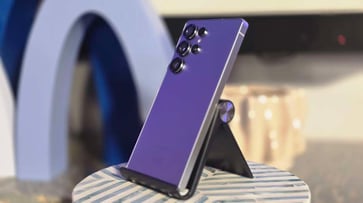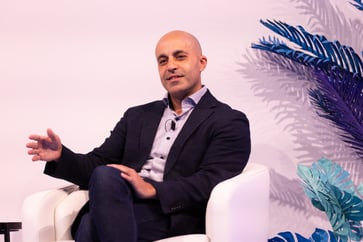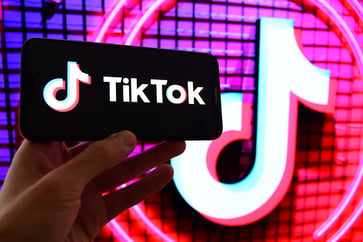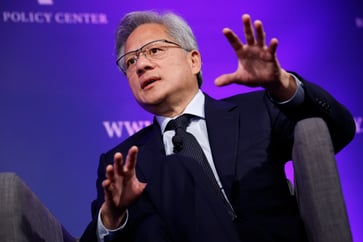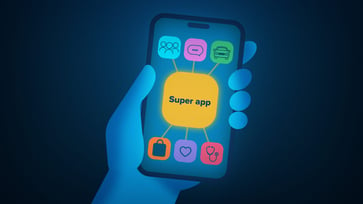Synchron, a rival to Neuralink, enables patients to control Apple Vision Pro using their thoughts.
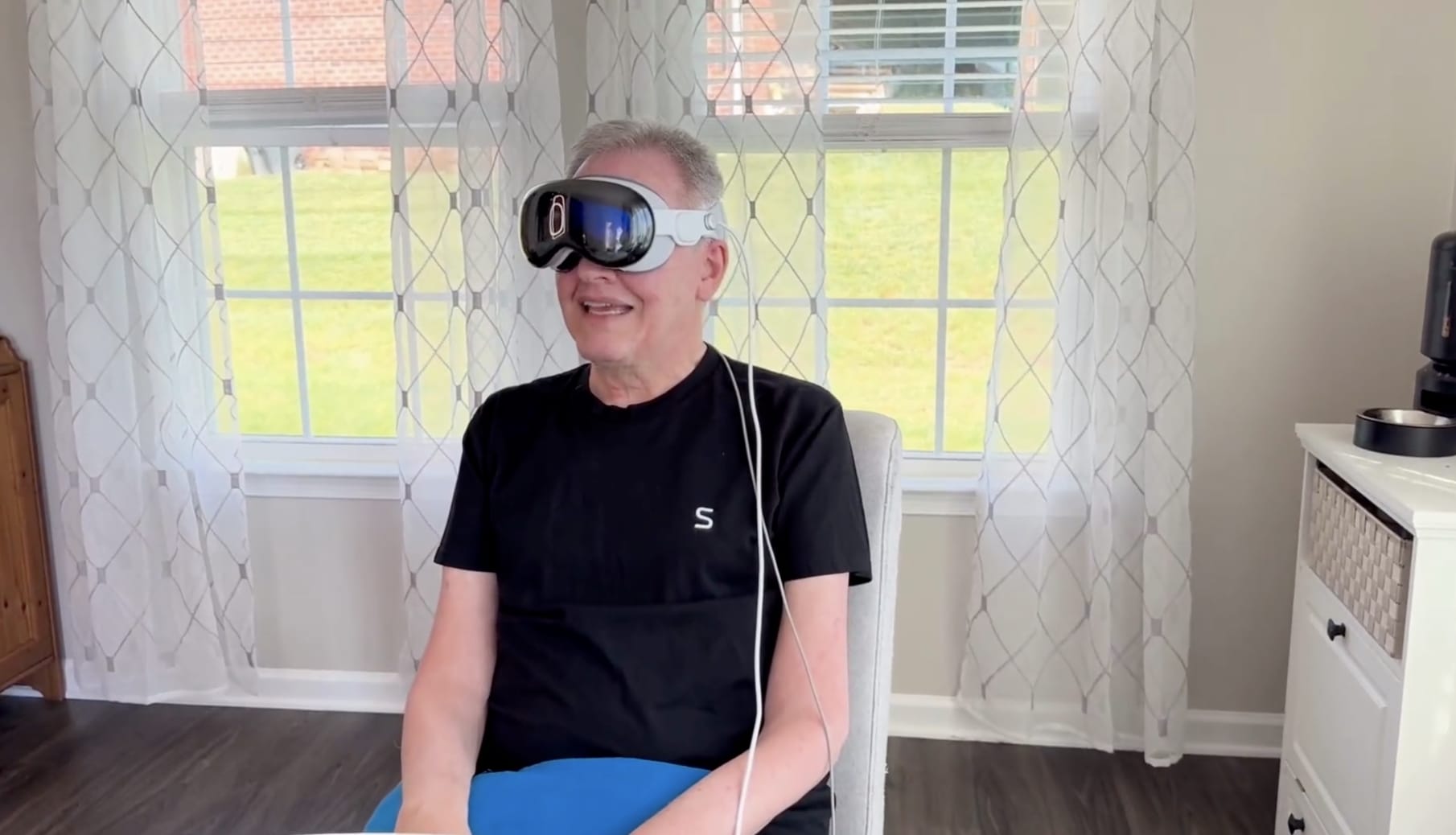
- On Tuesday, Synchron unveiled that it had successfully linked its brain implant to the Apple Vision Pro headset, marking a groundbreaking achievement in the industry.
- Patients with paralysis will be able to control their personal electronics with their minds through a brain-computer interface being built by the company.
- Synchron is planning to connect its BCI to other headsets, beginning with the Vision Pro.
On Tuesday, Synchron, a neurotech startup, announced that it has successfully linked its brain implant to the 's Vision Pro headset. This allows patients with limited physical mobility to control the device solely through their thoughts.
Synchron is developing a brain-computer interface (BCI) that enables paralyzed patients to control technology using their minds. The company has already implanted its BCI in ten patients, six in the US and four in Australia. However, it is still awaiting approval from the US Food and Drug Administration to market its technology on a larger scale.
Earlier this year, Apple released the Vision Pro, which is typically controlled with eye movements, voice commands, and hand gestures. Synchron has been working to make it accessible to patients who are unable to speak or move their upper limbs.
Synchron CEO Thomas Oxley stated that he believes Apple's iOS accessibility platform is the best in class, which is why the company initially focused on assisting patients in controlling devices within Apple's ecosystem. He added that Synchron will likely expand its BCI connectivity to other headsets in the future, but it will begin with the Vision Pro.
He stated that Apple has been "extremely supportive" of the Vision Pro integration.
According to an interview with CNBC, Oxley believes that BCI has the potential to greatly enhance the Apple ecosystem as a complementary integration.
Synchron, a company in the BCI industry, announced on Tuesday that it is the first to connect its system to Apple's Vision Pro. While other companies like Paradromics, Precision Neuroscience, Blackrock Neurotech, and Elon Musk's Neuralink are also developing BCI systems, their designs and goals differ.
Through a jugular vein, Synchron's BCI is inserted into the blood vessel that lies on the surface of the brain's motor cortex. A stent-like device is connected to an antenna that is placed under the skin in the chest. The antenna collects raw brain data and transmits it to external devices.
Apple did not respond to CNBC's request for comment.

Mark, a 64-year-old patient, has been leading the company's efforts with the Vision Pro headset.
In August 2023, Mark, who requested anonymity from CNBC, received Synchron's BCI implant. He has ALS, a progressive disease that causes muscle loss.
Mark has lost function in his shoulders, arms, and hands since his diagnosis in January 2021, but he can still speak and walk short distances.
Synchron meets with Mark for two hours, twice a week to practice different skills and functions with his BCI. Mark has been testing the Vision Pro intermittently since April and is able to use it to send texts, play Solitaire, and watch TV.
Using his BCI to control the headset is not significantly different from controlling his iPhone, iPad, and computer. Some headset applications are more restrictive and difficult to use than others, and he is still exploring new ways to utilize it.
Mark stated in an interview with CNBC that the new opportunity represents another way for him to gain some independence.
Mark is unable to lift his arms to paint anymore, so he's learning how to use the Vision Pro to create art. He also enjoys using an app that lets him look at constellations in the sky, he said.
Mark is experiencing some weakness in his neck, but he finds the headset comfortable to wear. He can wear it for two hours without feeling tired, and he doesn't experience motion sickness.
"It's actually pretty amazing," Mark said.
Mark hopes that his work with the headset will enhance the experience of other patients in Synchron's larger-scale clinical study.
The integration with the Vision Pro demonstrates how BCIs can enable paralyzed individuals to interact with consumer technology.
""This represents a new therapeutic option to restore the ability to engage with digital technology that we often take for granted," Oxley stated."
Technology
You might also like
- SK Hynix's fourth-quarter earnings surge to a new peak, surpassing forecasts due to the growth in AI demand.
- Microsoft's business development chief, Chris Young, has resigned.
- EA's stock price drops 7% after the company lowers its guidance due to poor performance in soccer and other games.
- Jim Breyer, an early Facebook investor, states that Mark Zuckerberg has been rejuvenated by Meta's focus on artificial intelligence.
- Many companies' AI implementation projects lack intelligence.



